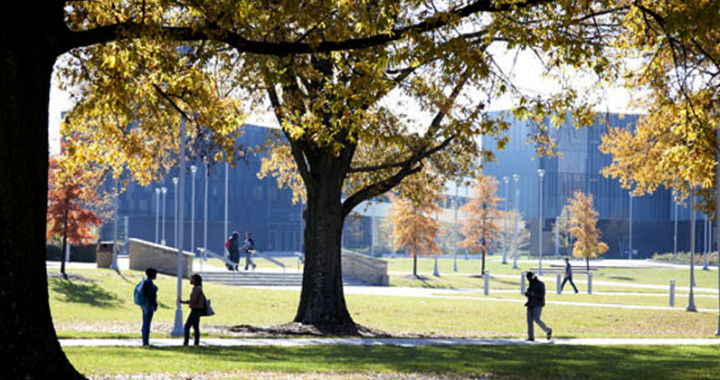By Associated Press June 27, 2015 12:26 pm
ORLANDO, Fla. — State Attorney Jeff Ashton wanted to send a harsh message Friday (June 26) during the sentencing hearing of three former members of Florida A&M University Marching Band convicted in the hazing death of drum major Robert Champion.
But Circuit Judge Renee A. Roche, in determining their sentences, had other considerations:
First, she said, Champion willingly participated in the ritual that ended his life that November evening in 2011.
Second, the young men convicted of manslaughter and hazing in April will have to live with felony records for the rest of their lives.
Finally, Roche said, it was important to balance their sentences against the other nine former FAMU band members charged in the case.
Most were given probation.
At the end of the day Friday, so were Aaron Golson, Benjamin McNamee and Darryl Cearnel. All received 10 years’ probation.
“The court recognizes that perhaps Mr. Champion had thoughts or philosophical objections or reservations about this conduct, but there was no evidence of that presented in this case,” Roche said prior to handing down the sentences.
“To the contrary, the evidence was that he went to the bus on his own, that he responded affirmatively when he was asked if he was sure repeatedly, and there was no external pressure for him to participate.”
Ashton asked for the minimum sentence, 9 1/2 years in prison. After the hearing, he would not comment.
Champion, 26, was killed after participating in a ritual known as Crossing Bus C, in which band members hit, kicked and punched him as he made his way down the aisle of a parked charter bus.
Champion’s parents have challenged whether their son voluntarily boarded the bus after performing in the Florida Classic game between FAMU and Bethune-Cookman University.
“There is no real documented proof,” Champion’s mother, Pam, testified in court Friday. “What you’ve heard has been said over and over and over again by the people who killed him. Check your source.”
Roche told the families she reached her decision by also weighing the fact that “the brand of felony on these young men is a substantial punishment that perhaps can never be undone.”
Members of the defendants’ families, who filled the courtroom to offer character statements on behalf of the men, broke into tears after Roche announced that none of them would be going to prison.
“I am just thankful — I am thankful for my son and the other defendants,” said McNamee’s mother, Sharri Dean-Collins. “Of course, I pray for Mrs. Champion and Mr. Champion, that they will continue to find peace. I still want us to join hands and fight [hazing] together because there is so much to be done.”
In January, Roche sentenced the accused ringleader of the ritual, 28-year-old Dante Martin, 6 1/2 years in prison after a jury trial. She gave him a harsher sentence because he orchestrated the event, she said.
Jessie Baskin, another former FAMU band member, was sentenced to nearly a year in jail. The state is appealing that sentence. Baskin has since been released from jail.
Caleb Jackson, who pleaded no contest to a manslaughter charge, has not yet been sentenced.

















